The first summit in numbers

5 Keynote speakers
11 Breakout sessions
>50 " pitches to stimulate conversations
11 Round tables
4 Professional facilitators of multiactor dialogues
2 Engagement sessions
Keynote speakers

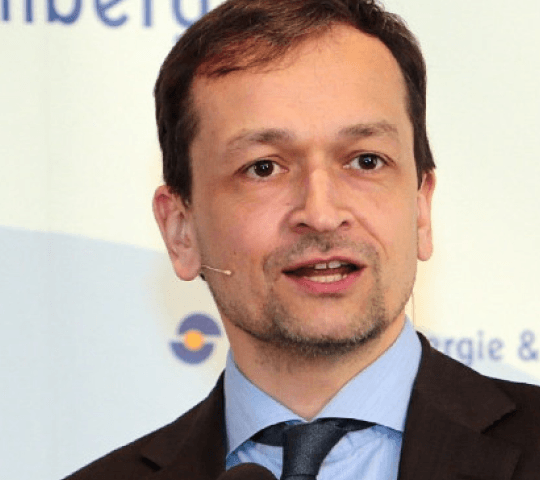 Christian Holzleitner
Christian HolzleitnerChristian Holzleitner
Biography
Christian Holzleitner, the Head of Unit for Land Economy and Carbon Removals at the European Commission's Directorate-General for Climate Action, shapes EU and international climate policies. With a background in economics and a Ph.D. from the University of Linz, he brings extensive expertise, having previously worked on finance for innovation and land use.

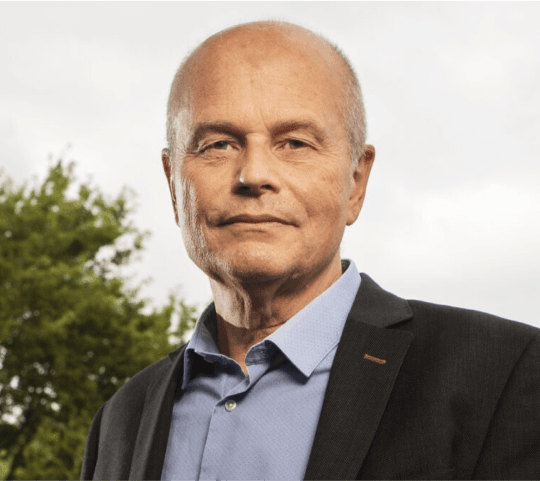 Willem Ferwerda
Willem FerwerdaWillem Ferwerda
Biography
Specialized in ecosystems, biodiversity, agriculture, and forestry he focuses on mainstreaming ecosystem management in farmers' agendas, backed by science. Founder of Commonland in 2013, a landscape restoration platform involving farmers, landowners, business, conservation organisations, goverments and investors. Now active in 23 countries.

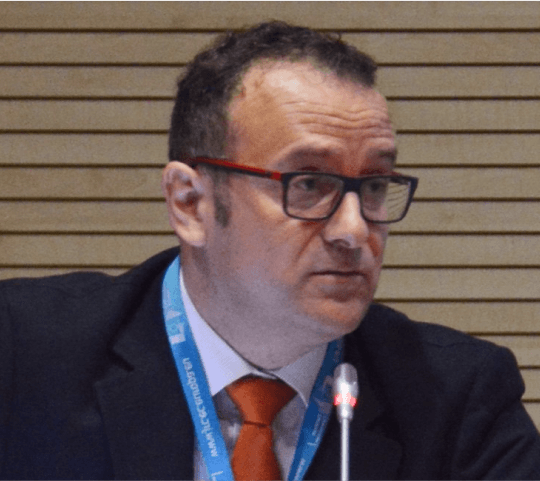 Panos Panagos
Panos PanagosPanos Panagos
Biography
With over 20 years as a senior scientist at JRC, European Commission, he specializes in environmental modeling and policy development. He leads the Soil Health Assessments which contribute to support the Agro-environmental policies in the EU. Recognized as one of the main figures at the EU Soil Observatory, he is been honored as one of the most influential scientists globally for 5 years by Web of Science.

 Edouard Lanckriet
Edouard LanckrietEdouard Lanckriet
Biography
Pioneering the agricultural transition, he leads +45 expert agronomists accelerates the low-carbon shift. He created digital tools to measure and enhance environmental performance in agriculture, advising decision-makers on strategic transformations. Central to climate and environmental challenges, our innovations turn regulatory changes into economic opportunities, shaping sustainable agricultural futures.

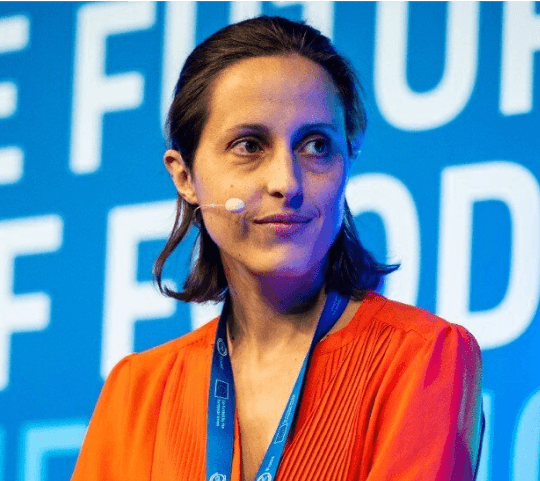 Valeria Forlin
Valeria ForlinValeria Forlin
Biography
Working in DG Clima Unit for Land Economy and Carbon Removals, she is specialized in the land sector's pivotal role in combating climate change. Valeria Forlin focuses on reducing agricultural emissions, enhancing carbon sinks in soils and forests. With a background in environmental economics, she previously contributed to European space policies at UCLouvain and worked extensively in microeconomics, industrial organization, and public economics.

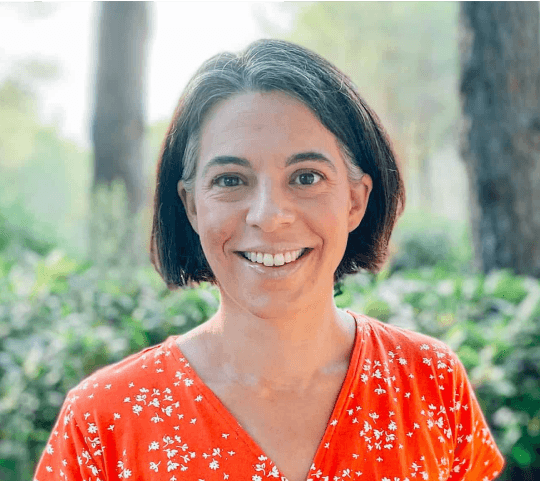 Giulia Stellari
Giulia StellariGiulia Stellari
Biography
With her experience in sustainable farmland management, she spearheads global sustainable procurement programs, impacting farms in +30 countries. Giulia's expertise includes digital agriculture strategy, supplier GHG reduction, and renewable electricity commitments. With a Ph.D. in Plant Molecular Biology, she also founded AgSquared, a farmer-centric technology company. Serving on the Cool Farm Alliance board, Giulia drives GHG emission reduction initiatives in agriculture.
Other presentations
Helping farmers to identify the most suitable carbon farming practices.
Organisers: Julio Román and Miguel Angel Repullo, European Conservation Agriculture Federation.
Sparse scientific literature and field-level complexities are hindering the collection of robust evidence on which practices can have the highest impact in terms of climate mitigation. However, based on the experience of pioneer farmers, it should be possible to identify best options for carbon removal and emission reduction in each pedoclimatic context. Furthermore, to succeed in scaling up beneficial practices, it is fundamental to identify impactful ways to engage and communicate to the primary sector.
Outcomes
Participants contributed to fostering a scientific consensus on which practices should be prioritized in the EU according to land uses. In parallel, the group fine-tuned a visually appealing fact sheet focused on carbon farming, intended to complement the EIP-AGRI practice abstract for simplified dissemination, enabling land managers to make informed decisions toward sustainable soil management.
Keywords: Best management practices, C sequestration, Ecosystem services, Sustainability indicators, Pedo-climatic zones, land use types.
How to measure the economic returns linked to the co-benefits of increasing soil organic matter.
Organisers: Andrea Ferrarini, Università Cattolica del Sacro Cuore, Italy.
For every ton of carbon sequestered in the soil there is almost 2 tons of soil organic matter (SOM) that are built-up. Such a SOM supports farm's profitability through various co-benefits, including storing water, replacing fertilisers, increasing soil workability and reducing fuel consumption. It is believed that carbon farming is a great opportunity to bring the primary sector to realise the potential economic impact of these co-benefits.
Outcomes
In that session, a blueprint for a common accounting approach was crafted, speaking the language of carbon farmers and going beyond the economic value of carbon credits. The objective was to agree upon the simplest model/equations available to calculate monetary values of SOC sequestration and SOM co-benefits. The agronomic benefits considered were the soil function and fertility benefits of SOM (increased nutrient cycling measured as nutrients replacement value, plant-available water-holding capacity measured as estimated productivity improvement, and improved aggregate stability measured as reduced fuel consumption for tillage).
Keywords: C sequestration value, SOM co-benefits, economics of soil health, nutrient cycling, fertiliser savings, soil water retention, soil structure.
Carbon farming that safeguards good security and biodiversity.
Organisers: Pilar Andrés Pastor, Ecological and Forestry Applications Research Centre (CREAF), Spain.
Are you aware of the feedback between food production and biodiversity? Are you interested in how carbon farming could be involved in this interaction? We invite you to participate in our workshop and provide your insights. We will update you about the progress of our focus group on the subject, discuss it and provide a space for active participation and future engagement.
The issues discussed
Focusing on soil carbon sequestration might cause unintended consequences, and there is a lively debate on its dynamic interactions with biodiversity and food security. This session will explore these nuanced relationships and contribute to evidence-based insights such as: (a) Synergies/antagonisms that should be taken into account when planning for carbon farming; (b) Which organisations/initiatives should be engaged when trying to address these issues? (c) How can we articulate a conversation that is visible and impactful?
Keywords: carbon farming co-benefits and trade offs; ecosystem services; food security; biodiversity protection; ecosystem restoration.
Developing a fit-for-region approach to carbon farming.
Organisers: Ján Hegyi, Bioeconomy Cluster, Slovakia, and Kaj Granholm, Baltic Sea Action Group, Finland.
In our vision, carbon farming should be seen as a transformation tool, enabling the transition toward regenerative food and fibre systems and restored landscapes. It will be most impactful when based on methodologies and schemes that are meaningful at the regional level, capable of inspiring rural communities in bringing life back to the soil. The term fit-for-region carbon farming is used to express this idea.
Objectives and expected outcomes
in this session we aimed to link to four case-study regions and carbon farming clusters, each providing a unique context and featuring different elements of a carbon farming scheme as an example to learn from. These regions and clusters are: AlVelAl-Commonland in the South East of Spain, https://www.alvelal.net/ Bioeconomy Cluster (BEC) and their regenerative farming/carbon credit pilot, Slovakia, https://bioeconomy.sk/en/ Carbon Action co-creation platform, Finland, www.carbonaction.org The Emilia Romagna region of Italy.
Keywords: carbon farming schemes, regional adaptation, business models, CAP, living lab, cross-region learning, rural regions.
Harmonisation of the Monitoring Reporting and Verification (MRV) protocols of carbon farming systems.
Organisers: Maria Fantappiè, CREA, Italy.
A robust system for carbon farming Monitoring Reporting and Verification (MRV) is required to monitor policies and to attract investments in this field. Private companies use different approaches in terms of modelling, analytical/estimation methods, and sampling protocols. Furthermore, these data are usually not accounted for in the national reporting, due to the lack of data quality & standardisation, data harmonisation and good practices for data sharing. A EU-wide harmonisation is needed towards a EU-wide system of harmonised national reporting, with JRC-LUCAS soil monitoring as the central reference.
Objectives and expected outcomes
This session gave an opportunity to present experiences on the topic of transnational data harmonisation options.
Keywords Soil Organic Carbon, Monitoring Reporting Verification, soil laboratory methods standards and harmonisation, GDPR, European Soil Observatory, soil monitoring.
Innovations in proximal sensing and digitalization for carbon farming purposes.
Organisers: Paulina Rajewicz and Jon Atherton, University of Helsinki, Finland
Objectives and expected outcomes:
The rapid and continual development of digital technologies presents a variety of opportunities for carbon farming, but it also introduces substantial challenges. In the context of carbon farming, the use of available digital technologies, including electronic databases and geographic information systems, proximal sensing, artificial intelligence, and machine learning, and of electronic maps should be promoted to decrease the costs of establishing baselines and of monitoring carbon removal activities. Consequently, incorporating and connecting diverse digital technologies into cohesive monitoring, reporting and verification (MRV) systems, constitutes a core element of carbon certification strategy. During this breakout session, we will discuss perspectives and scenarios for the use of diverse technologies for the purposes of carbon farming implementation, monitoring, evaluation and, finally, certification of carbon removal actions. The session will explore three main areas: Survey the role of farm-scope digital technologies in certification and carbon removals Potential of proximal sensing technologies towards the carbon farming certification and carbon removals The end users' perspective and digital resistance. Our aim is to gather various perspectives on the opportunities and challenges of the application of digital technologies in carbon farming, considering both the MRV and the strategy for carbon certification, with particular attention paid to proximal sensing. Moreover, we want to reach out to the end users to characterise the most crucial elements of technological resistance and to work together to suggest a path forward.
Keywords: Proximal sensing, digital logbook, FAIR, digital soil mapping, AI, technological resistance
Earth Observation applications for monitoring carbon removals.
Organisers: Monica Miguel-Lago and Michelle Hermes, European Association of Remote Sensing Companies (EARSC).
In the context of the European Green Deal and the Zero pollution Action Plan for 2050, the use of digital solutions is becoming increasingly important to meet the European Union's climate targets. More specifically, remote sensing technologies have some advantages, such as large spatial coverage, allowing a continuous and global view of the Earth's parameters. By combining satellite data with measurements from ground-based instruments and the use of technologies such as artificial intelligence and machine learning, it is possible to have a wide range of applications and services. Examples are the identification of the best geographical sites for establishing carbon farming practices, monitoring seasonal productivity and ongoing sequestration actions, helping to estimate ground biomass and supporting the evaluation of sequestrated carbon volume, etc.
Objectives and expected outcomes:
With its accuracy and scope, satellite information, such as data coming from the European flagship programme Copernicus and private missions, was recognized as a crucial tool to support the measurement, monitoring, and verification (MRV) of soil carbon fluxes. In particular, it could quantify above-ground biomass and estimate carbon sequestration when coupled/calibrated with in-situ field measurements. This session collected and shared technical evidence on the role of EO applications in supporting the implementation of the new carbon removals policy approach and portfolio development. Our goal was to capture the current opportunities and limitations on how Earth Observation can support Carbon removals.
Keywords: Earth Observation, satellite-derived data & services, measurement, reporting, verification, MRV, calibration, validation, in situ, and modelling.
Using data from long-term monitoring sites in the context of carbon farming.
Organisers: Tommy D'Hose and Hui Xu, ILVO, Belgium.
Robust MRV is essential to ensure that carbon removals have environmental integrity and are real, additional, measurable, permanent, and avoid carbon leakage and double counting. While effective MRV is essential, it also poses a major challenge as it can be expensive to accurately measure and validate the GHG impact of carbon farming, resulting in a trade-off between MRV accuracy and cost. High MRV costs (financial or time) can act as a significant barrier to farmers voluntarily implementing carbon farming actions or to administrators establishing policies. Monitoring can be achieved by direct measurement, modelling, or a combined approach. In order for carbon farming to achieve its goal, measurements and models that are being used in the MRV system must be sufficiently reliable. Therefore, the MRV system should be able to make use of, among others, controlled field experiments on research stations and pilot farms to understand the impact of carbon farming practices on soil carbon and the necessary experimental data and metadata to calibrate and validate carbon models.
Objectives and expected outcomes:
Several initiatives were already launched to group existing long-term monitoring sites (LTM) and to compile all available data. However, up till now, information remained scattered or incomplete to be of use for the calibration/validation of carbon models. Within this session, we would like to gather the experiences of the participants in order to come up with a set of guidelines and considerations on how to make both experimental and metadata of long-term monitoring sites findable, accessible, interoperable, and reusable (FAIR) so that they can be of use in supporting regional carbon farming schemes.
Keywords: Long-term monitoring sites, data networks, FAIR data, carbon models.
Minimum requirements to ensure carbon farming delivers sustainability benefits.
Organisers: Hugh McDonald, Aron Scheidt and Julia Pazmino, Ecologic, Germany.
Carbon farming actions impact not just climate mitigation, but also numerous other societal objectives (e.g. biodiversity, water quality and quantity, soil health and quality). Certification of carbon farming must promote sustainability to ensure that we can address multiple societal challenges simultaneously and to maximise benefits for different stakeholders. There is not yet a consensus approach for ensuring sustainability through carbon farming. The proposed EU Carbon Removal Certification Framework Regulation (CRCF) establishes four QU.A.L.ITY criteria for certification, one of which is sustainability; however, it is not yet determined how this will be operationalised. Existing voluntary carbon markets and public funding mechanisms promote sustainability through carbon farming to differing degrees and in different ways.
Objectives and expected outcomes:
We sought input related to minimum requirements to ensure carbon farming delivered sustainability benefits, framed around the following three issues: what was the current state-of-the-art for minimum requirements to ensure carbon farming delivered multiple benefits?, what were the most important open questions related to operationalizing sustainability within carbon farming?, who needed to be consulted and considered? (e.g., related processes, projects, and references)
Keywords: Sustainability, carbon farming, certification, methodologies, mechanisms.
Europe-wide vs regional certification frameworks: pros and cons.
Organisers: Clara DIEBOLT, and Claudine FOUCHEROT, Atlantic Agricultural Chamber of Commerce (AC3A), from the Regional Chamber of Agriculture of Normandy (CRAN).
A centralised European carbon farming certification framework can provide greater clarity for funders, reduce transaction costs and ensure the same level of requirements for everyone. Conversely, a decentralised approach can be better tailored to local circumstances and easier to use for local operators.
Objectives and expected outcomes:
This session focused on sharing experiences from stakeholders involved in international, national, and local certification frameworks to reveal the strengths and weaknesses of the different scales, from single farms to nations, and predict potential interactions of overlapping schemes at different levels. The objective was to capture a potential pathway to the development of a harmonized multi-scheme certification framework that could support the deployment of nature-based solutions across the EU.
Keywords: carbon farming certification, scale, schemes, framework, policy.
An effective policy mix for an environment conducive to carbon farming.
Organisers: Mathieu Mal, European Environmental Bureau (EEB), Belgium.
The large-scale uptake of carbon farming in the EU will require significant changes in practices and investment by land managers, which must be supported by a conducive policy environment and appropriate economic signals. The upcoming Carbon Removal Certification Framework (CRCF) and the CAP are obvious regulatory options, but other EU Policies have the potential to play an important role too.
Objectives and expected outcomes:
This session aimed to bring together key stakeholders to explore how the CRCF will interact with other policy priorities and instruments within the EU, such as mandatory requirements, financial incentives for carbon farming, and climate targets. Our objective is to: Identify relevant policies Identify synergies and conflicts Envisage what the implementation of carbon farming could look like in the next decades
Keywords: Policy mix, CRCF, CAP, ETS, command and control, markets.